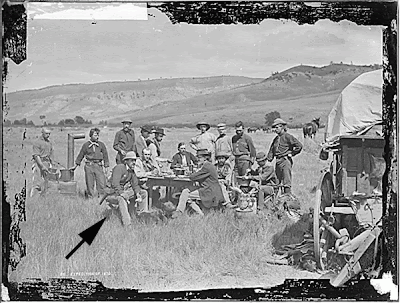Ecstasy and the Mathematically Inclined Scandalous Beauty
Thank her when you call for roadside assistance from somewhere in the middle of nowhere....
She'd been the wife of a rich and emotionally abusive man, a beautiful trophy paraded at parties held at the castle of a man more than a dozen years her senior. Guests at these soirees included Benito Mussolini, the coarse and brutish dictator of Italy, and the genocidal Adolf Hitler who was determined to eradicate her people from the face of the earth. Her husband was a powerful man who couldn't share his life with a woman. He had to own her...
 |
| Hedy Lamarr, Publicity Photo |
Friedrich Mandl forbade his lovely wife to make more movies after their marriage in August 1933. Her last film, released a few months before they exchanged wedding vows, would be her last if the wealthy industrialist had any say in the matter...
Not only was she naked in the movie, but full frontally so. The scene was distant and blurry and lasted only a few seconds but that didn't matter. Her nudity now belonged to him. What angered him the most about Ecstasy was that damnable, infuriating look of absolute carnal pleasure on Hedwig Keisler's face as she made cheap and frantic love to another man. He vowed to buy and burn every print of the film in which his future wife flaunted her nakedness like a harlot...
 |
| Poster for Garden Theater, Lansing, Michigan |
[Those who fancy themselves historians of the cinema of bare skin often cite Ecstasy as showcasing the first nude leading lady. This honor may belong to Inspiration with Audrey Munson posing unclad for an artist. Munson's role in 1915 required little acting on her part. One of the leading figures models in her day, hers was the face and figure that Alexander Stirling Calder celebrated in sculptures made for the Pan-Pacific International Exhibition. She made at least four films and strolled in the buff during three. Censors wanted to ban her films. But they never did. Audrey's life became a tangled web of scandal after she and her mother lodged at the house of a doctor who committed murder and was sentenced to a date with the Chair of Applied Electricity. Descending into madness, she died at the age of 104 after 65 years confinement in a psychiatric hospital.]
 |
| Audrey Munson as the Star Maiden |
Hedwig's munitions tycoon husband had yet another mistress, one whom he loved passionately-- a political movement that controlled the Federal State of Austria from 1934 until its absorption by Germany in 1938. This lover promoted right-wing nationalism fused with a highly politicized Catholicism. It was one of many fascist political experiments taking noxious root in Europe in the wake of World War One. A devastated economy tempts us into foolish solutions should we have minorities to blame and leftists hiding behind every trashcan. Soon, the government formed by Mandl's other lover came under attack from National Socialists sympathetic to a more openly racist version of tyranny...
Friedrich Mandl wanted to be sure his wife did not stray. He forced her to accompany him to business meetings, unaware her beauty cloaked a mind that quite easily comprehended the technology and mathematics he discussed in the boardroom and the factory. She disguised herself as a maid one night in 1937. Drugging her husband and wearing a fortune in jewels, Hedwig Keisler made her way to Paris where she obtained a divorce. Leaving the City of Lights, she traveled west to the City of Angels where movie mogul Louis B Mayer renamed her for the American film industry...
Now Hedy Lamarr and a famous American movie star, she became fiercely loyal to the United States and determined to help bring down the thugs and anti-Semites running Hitler's Third Reich. At one fundraiser, she sold over $7,000,000 in War Bonds...
Moving in the rarified world available to celebrities, Lamarr eventually met composer George Antheil, a man of interests diverse and far beyond his work in music. A very short list of his friends and acquaintances includes Igor Stravinsky, Ernest Hemingway, Alfred Stieglitz, and Ezra Pound. Antheil's conversation with Lamarr started off with a discussion on a medical topic and moved to the subject of torpedoes...
In the course of their chit-chat, the actress (who'd learned how naval weapons worked from listening to the technocrats in her former husband's office) and the restless piano man (who'd developed mechanical ways of reproducing sound) realized there might be a way to use an 88 key piano roll to jump between frequencies and ensure America's radio-guided torpedoes hit Nazi targets...
 |
| Patent application, H Lamarr and G Antheil |
For more details of an invention "that revolutionized weapons systems and helped create cellphones" by one of the few Hollywood stars to be the subject of an adoring Scientific American article:
 |
| Hedwig Keisler, Extase, 1933 |
Note: All illustrations located through Google Images with no ownership, copyright, or source information except as noted in captions.














